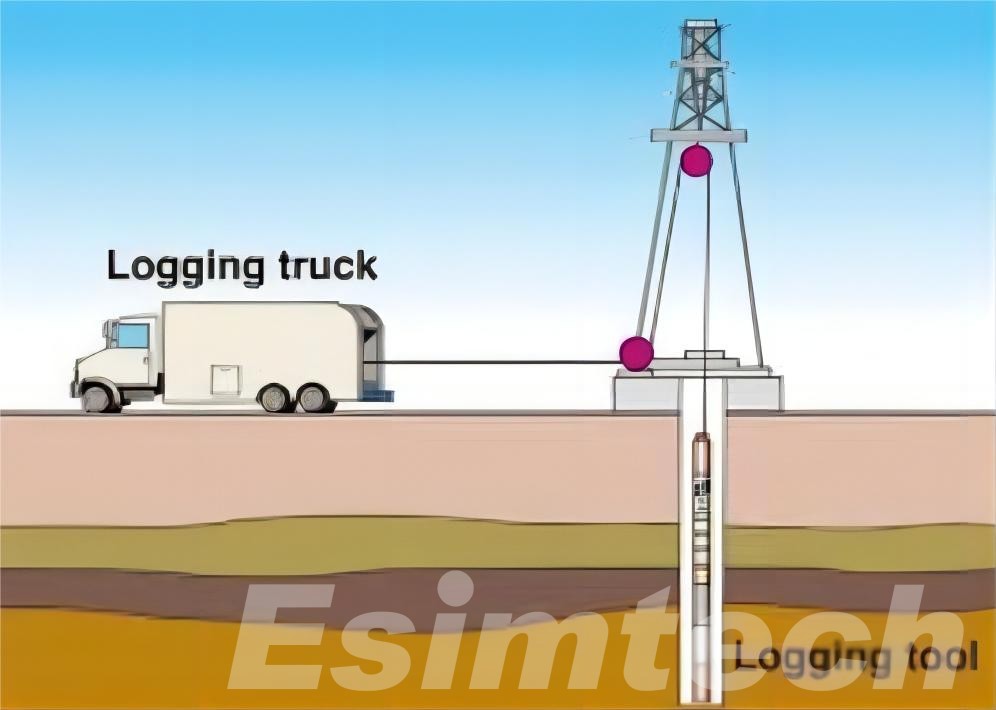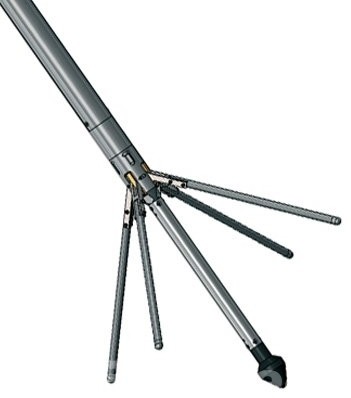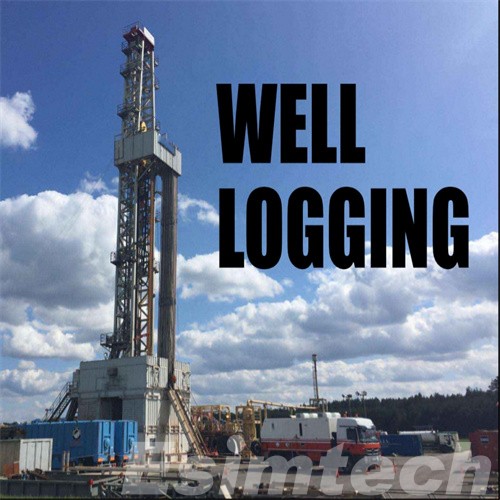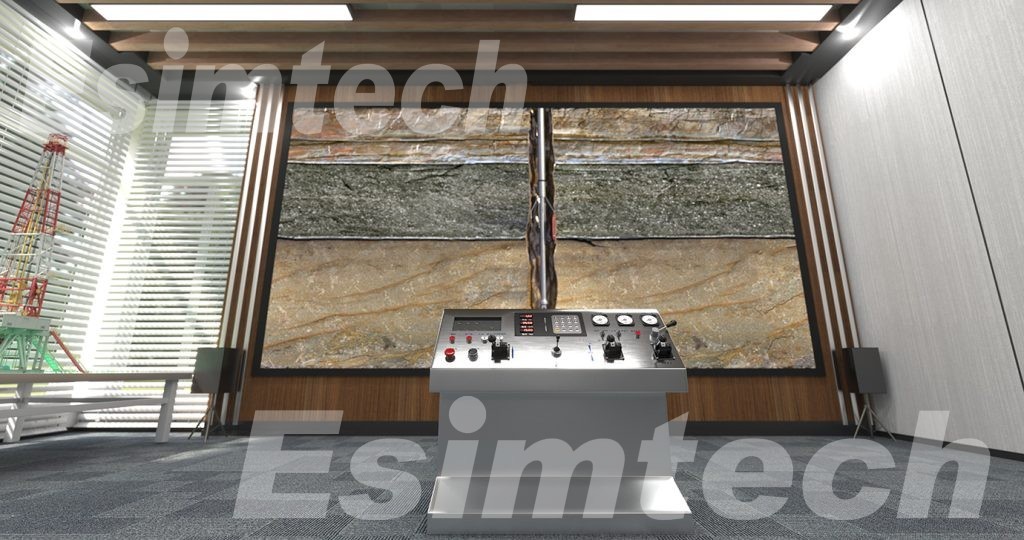The Revolutionary Power of Multifunctional Well Logging Tools in the Reservoir Evaluation
Well logging, the practice of recording geological and petrophysical data from boreholes, provides crucial insights into reservoir properties, formation characteristics, and fluid compositions. Traditional well logging tools have served the industry well, but the demand for more comprehensive data and operational efficiency has spurred the development of multifunctional well logging tools. In this article, we delve into the significance, capabilities, and impact of multifunctional well logging tools in shaping the future of reservoir evaluation.

The Significance of Multifunctional Well Logging Tools
Traditionally, well logging involved deploying multiple tools sequentially to capture different aspects of reservoir characteristics. However, this approach was not only time-consuming but also posed challenges in data integration and interpretation. Multifunctional well logging tools address these limitations by consolidating various measurements into a single toolstring, offering a holistic view of the reservoir in a more efficient and cost-effective manner. This convergence of technology represents a paradigm shift in subsurface evaluation, empowering operators with unprecedented insights for informed decision-making.

Key Capabilities and Components of Multifunctional Well Logging Tools
Multifunctional well logging tools encompass a diverse array of capabilities and components, each designed to capture specific reservoir parameters. These advanced tools integrate various sensors, probes, and imaging technologies into a single toolstring, offering a comprehensive view of subsurface formations.
1. Electrical Resistivity
Electrical resistivity measurements provide insights into formation properties such as lithology, porosity, and fluid saturation. Different types of resistivity tools, including focused resistivity, microresistivity, and array resistivity, are integrated into multifunctional tools to capture high-resolution formation images and characterize reservoir heterogeneities.
2. Sonic and Ultrasonic Tools
Sonic and ultrasonic measurements enable the assessment of rock mechanics, porosity, and permeability. These tools utilize acoustic waves to determine compressional and shear velocities, which are essential for evaluating reservoir quality, geomechanical properties, and fluid mobility.
3. Nuclear Magnetic Resonance (NMR)
NMR logging provides valuable information about fluid properties, pore size distribution, and permeability. By analyzing the response of hydrogen nuclei in reservoir fluids to magnetic fields, NMR tools offer insights into fluid types, saturation levels, and reservoir compartmentalization.
4. Formation Pressure and Temperature Sensors
Pressure and temperature sensors are essential components for monitoring downhole conditions during wellbore operations. These sensors measure formation pressure gradients, pore pressure, and temperature profiles, aiding in reservoir evaluation, wellbore stability analysis, and hydraulic fracturing design.
5. Spectroscopy and Elemental Analysis
Spectroscopy tools identify mineral compositions and quantify elemental concentrations in subsurface formations. By analyzing the spectral signatures of emitted or absorbed energy, spectroscopy techniques provide valuable data for reservoir characterization, lithology identification, and fluid analysis.
6. Imaging Technologies
Imaging tools generate detailed images of the borehole wall and surrounding formations. Techniques such as acoustic, optical, and electromagnetic imaging enable visualization of geological features, fractures, bedding planes, and fluid interfaces, facilitating geological interpretation, wellbore stability analysis, and casing integrity evaluation.
7. Gamma Ray and Neutron Tools
Gamma ray and neutron measurements are commonly used for lithology identification, shale volume estimation, and formation evaluation. These tools detect natural radioactivity and neutron interactions with formation nuclei, providing information about lithology, mineralogy, and reservoir quality.
7. Fluid Sampling and Analysis Devices
Some multifunctional tools incorporate fluid sampling and analysis devices for capturing downhole fluids and evaluating their composition. These devices enable the collection of reservoir fluids for geochemical analysis, fluid typing, and production optimization studies.
8. Real-time Data Transmission Systems
To enable real-time monitoring and decision-making, multifunctional well logging tools may include data transmission systems for transmitting acquired data to surface units instantaneously. These systems allow operators to monitor well conditions, interpret data, and make informed decisions in real-time, enhancing operational efficiency and safety.
9. Downhole Power and Communication Modules
Advanced multifunctional well logging tools may feature downhole power and communication modules for powering sensors, controlling tool functions, and transmitting data. These modules enable autonomous operation, remote control, and integration with surface equipment, enhancing tool reliability, flexibility, and versatility in various wellbore environments.

Benefits and Impact of Multifunctional Well Logging Tools
1. Comprehensive Data Acquisition
Multifunctional well logging tools integrate multiple sensors and probes, allowing for simultaneous measurement of various reservoir parameters. This comprehensive data acquisition provides a holistic view of subsurface formations, including lithology, porosity, permeability, fluid properties, and reservoir connectivity.
2. Improved Data Quality and Accuracy
By capturing multiple measurements in a single run, multifunctional well logging tools enhance the quality and accuracy of reservoir data. This leads to more reliable reservoir characterization, reducing uncertainties and improving the reliability of reservoir models and predictions.
Efficiency and Cost Savings: Conducting multiple measurements with a single toolstring reduces rig time, operational costs, and environmental impact. Multifunctional tools streamline well logging operations, minimizing the need for multiple tool deployments and optimizing resource utilization, ultimately leading to significant cost savings for operators.
3. Enhanced Reservoir Management
The rich dataset acquired by multifunctional well logging tools enables better reservoir management and optimization strategies. Operators can make informed decisions regarding well placement, production techniques, and enhanced oil recovery methods based on comprehensive reservoir characterization data.
4. Faster Decision-making
Advanced well logging tools provide real-time or near-real-time data transmission capabilities, enabling operators to make timely decisions during drilling, completion, and production operations. This accelerated decision-making process improves operational efficiency and responsiveness to changing reservoir conditions.
5. Risk Mitigation and Safety
By reducing the need for multiple tool deployments and minimizing rig time, well logging tools help mitigate operational risks and enhance safety for personnel and equipment. Operators can conduct logging operations more efficiently and with fewer interventions, minimizing exposure to downhole hazards.
6. Optimized Production and Recovery
With better understanding of reservoir properties and fluid behavior, operators can optimize production strategies to maximize hydrocarbon recovery. Multifunctional well logging tools provide insights into reservoir heterogeneities, fluid distribution, and connectivity, enabling operators to design more effective well completions and stimulation treatments.
6. Environmental Sustainability
By reducing rig time and operational footprint, multifunctional well logging tools contribute to environmental sustainability in the oil and gas industry. The efficient use of resources and minimization of emissions associated with logging operations help operators meet regulatory requirements and corporate sustainability goals.
How Simulation Technology is Used in the Design and Operation of Multifunctional Well Logging Tools
1. Virtual Prototyping and Design Optimization
Simulation software allows engineers to create virtual prototypes of multifunctional well logging tools, including sensors, probes, and toolstring configurations. By simulating the behavior of these components under different operating conditions, engineers can optimize the design for performance, reliability, and efficiency before physical prototypes are built. This iterative design process helps minimize development time and cost while ensuring that the final tool meets performance requirements.
2. Electromagnetic and Acoustic Modeling
Simulation tools are used to model electromagnetic and acoustic wave propagation in wellbore environments. These simulations help engineers understand how sensors and probes interact with subsurface formations, allowing for the optimization of measurement techniques and sensor placement. By accurately predicting signal characteristics and noise sources, engineers can design multifunctional tools that provide reliable and accurate measurements in complex geological settings.
3. Fluid Flow and Reservoir Simulation
Simulation software is employed to model fluid flow and reservoir behavior in wellbores and surrounding formations. These simulations help operators predict downhole conditions, such as pressure, temperature, and fluid movement, during logging operations. By simulating different scenarios, engineers can optimize tool deployment strategies, minimize risks associated with fluid influx or lost circulation, and ensure safe and efficient logging operations.

3. Data Processing and Inversion Techniques
Simulation algorithms are used to process and interpret raw data acquired by multifunctional well logging tools. These algorithms employ mathematical models and inversion techniques to extract meaningful information about reservoir properties, fluid compositions, and formation characteristics from measured signals. By simulating various inversion methods and data processing workflows, engineers can optimize data interpretation algorithms for accuracy and reliability.
4. Real-Time Decision Support Systems
Well logging simulators provide real-time decision support systems during operations. These systems combine real-time data acquisition with predictive models and simulations to provide operators with actionable insights and recommendations. By simulating different scenarios and forecasting future wellbore conditions, decision support systems help operators make informed decisions, optimizing well logging operations, and mitigate risks in dynamic well environments.

5. Training and Education
Simulation software is used for training and education purposes to familiarize operators, engineers, and technicians with multifunctional well logging tools and logging operations. Virtual simulations provide a safe and immersive environment for learning about tool operation, data interpretation, and troubleshooting procedures. By simulating realistic logging scenarios, training programs help personnel develop the skills and confidence needed to perform logging operations effectively and efficiently.
Future Outlook in Multifunctional Well Logging Tools
As technology continues to evolve, the capabilities of multifunctional well logging tools will only expand. Advancements in sensor technology, data analytics, and machine learning algorithms will further enhance their efficiency, accuracy, and versatility. Additionally, the integration of real-time data transmission and remote operation capabilities will enable faster decision-making and greater operational flexibility in challenging environments.
Conclusion
Multifunctional well logging tools represent a paradigm shift in subsurface characterization, offering a comprehensive and efficient approach to reservoir evaluation. By integrating multiple sensors and probes into a single toolstring, these advanced tools provide operators with unparalleled insights into reservoir properties, enabling informed decision-making and optimized production strategies.
